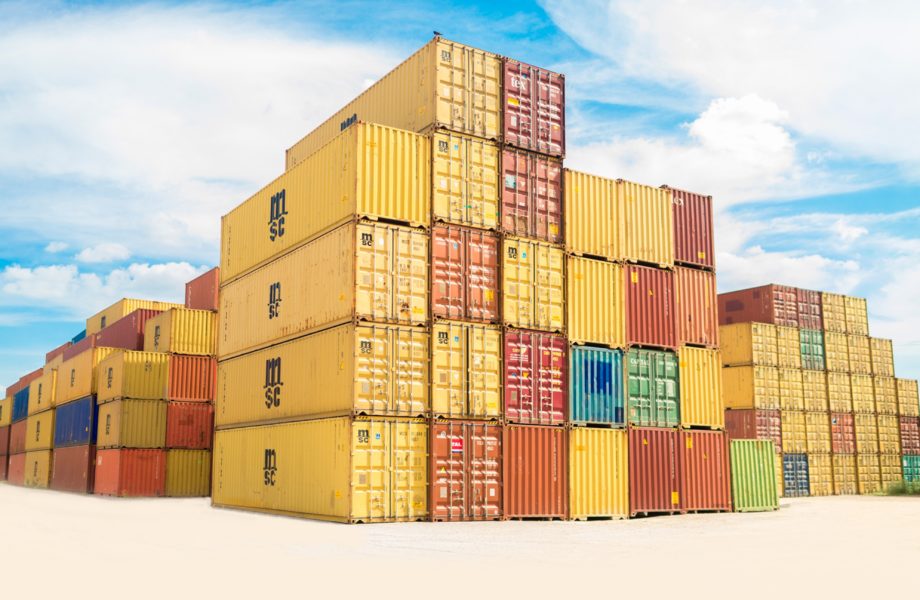
GOODS IN TRANSIT (GIT) INSURANCE
Goods In Transit insurance should be an automatic choice for any transporter who hauls goods on behalf of another party. Once a transporter has loaded a vehicle, then the custody and control of those goods falls under the responsibility of the transporter. The onus then falls onto the transporter to deliver these goods in an acceptable manner or else they will be held liable for any damage that may have occurred in transit and these costs can run into thousands of Rand.
Our roads are becoming more and more dangerous with the condition of road surfaces deteriorating, looting becoming the norm, accidents on the rise due to the increased traffic volumes. All of this then requires a very efficient, well written insurance policy that safe guards the transporters and their clients for whom they transport.
In order to mitigate this risk, there are various factors that need to be analysed before cover is offered.
The main items that need to be considered, amongst others, are as follows:-
- Limit of Indemnity – how much cover is required for the load?
- Subject matter to be insured – the higher the risk the higher the premium. Electronic goods
will hold a higher risk factor than say timber and therefore needs to be rated as such. - Conveyancers – how many trucks need cover? – This needs to be listed separately on the
policy to ensure that each prime mover and any trailer attached thereto is covered. - Territorial limits – in which areas are the vehicles hauling to and from? – A vehicle travelling through the Eastern Cape may hold a higher risk than one travelling to Gauteng, due to the various road risks that are associated with each route.
It is therefore vitally important that a full needs analysis is conducted with the transporter to understand all the factors that need to be considered before any cover may be incepted. It needs to be established what equipment the transporter is using to secure the load. This load may be transported in
containers and the value thereof needs to be incorporated into the sum insured. Tarpaulins, cargo nets and straps also need to be noted and established that the cover extends to cover these items after a loss as this equipment comes at a cost.
When an accident occurs, it needs to be handled efficiently and effectively as in most instances, the load may be blocking a road. Therefore it is important to establish what back up service your insurance company provides, which includes debris removal and clean up costs.
If a transporter is conveying a Hazchem or dangerous load, then we offer that transporter additional clean up or spillage cover. A big clean up can run into the millions of Rand and this includes the diesel that may spill out of the side tanks of the trucks. Specialist clean up companies offer this service and this needs to be offered to mitigate this huge potential disaster, where product may flow into wetlands or rivers, etc. This is underwritten through Enviroserv, who are specialist pollution liability specialists.
In numerous instances, transporters sub contract loads to other parties and this creates another element in the risk chain. GIT policies do not cover any loads issued to sub-contractors and the primary transporters insurance policy will not react if the sub-contractor has had an accident. In this instance, a Contingent Liability policy must be offered to the transporter who is sub-contracting the loads. This is also the case for any transport brokers, who sub contract the loads out to their various transporters.
At Clanfin, we have agencies with the leading GIT insurance companies, who offer us a product that gives our clients a professional tailor made product that encompasses all the risk items. The agencies that we underwrite our business through are as follows:-
- Senate
- Transit Underwriting Managers
- XLT
- Hollard
- Associated Marine
This type of insurance is complex as there are many factors to consider when understanding this risk.
We, as the intermediary, have to have full knowledge of how the transporter operates and whom he is contracted to. This will determine how to correctly underwrite the risk and what type of cover is.